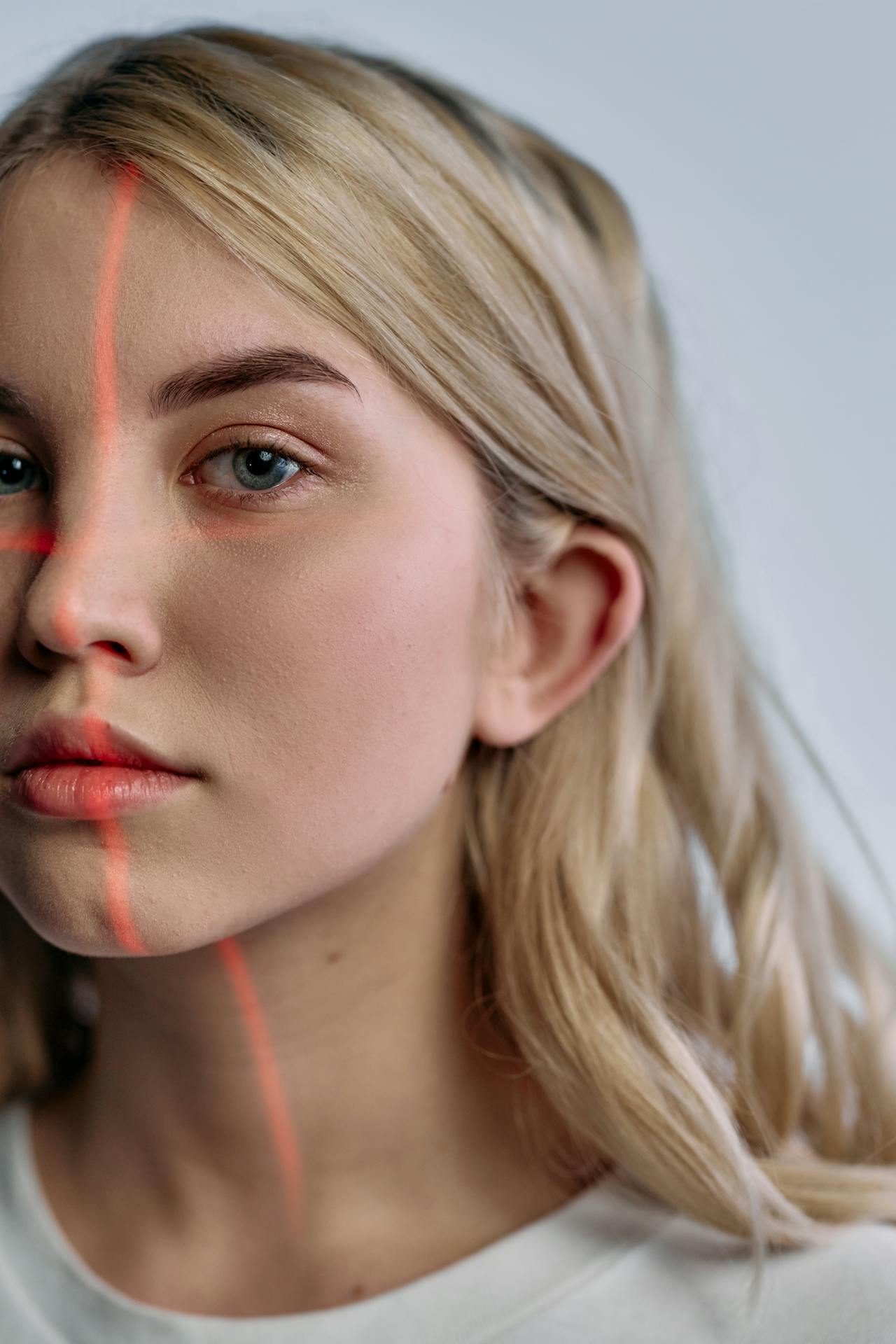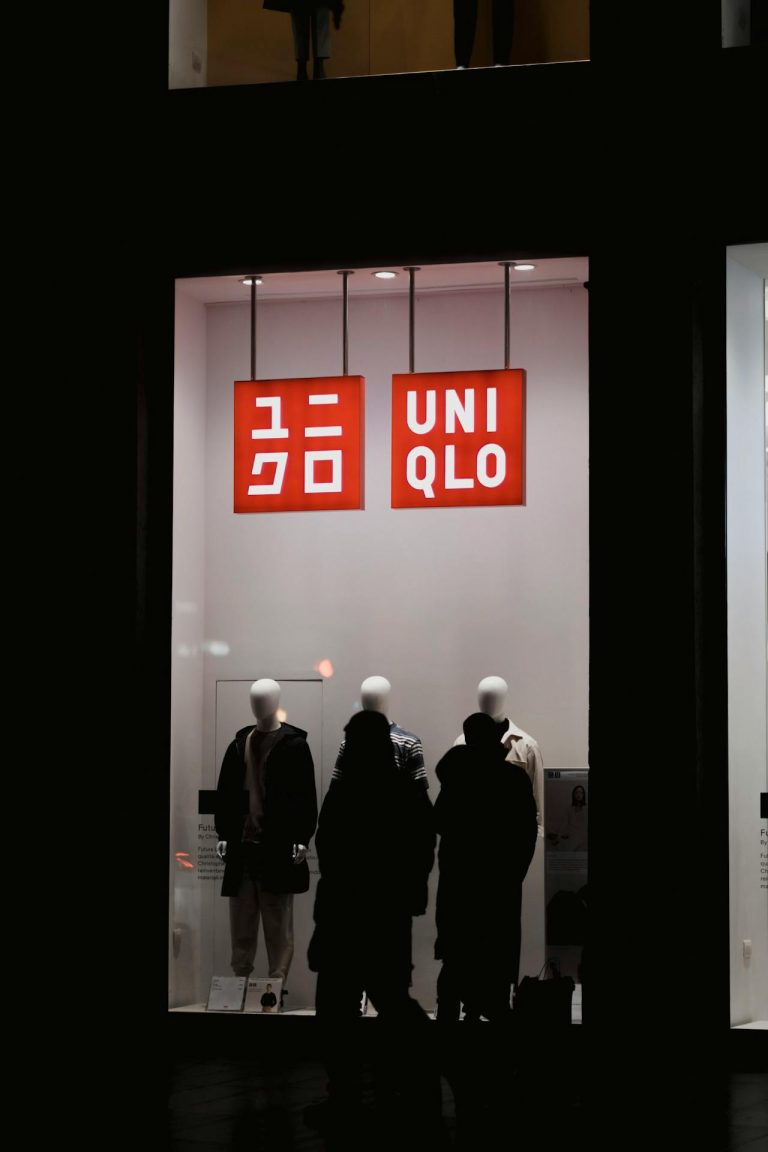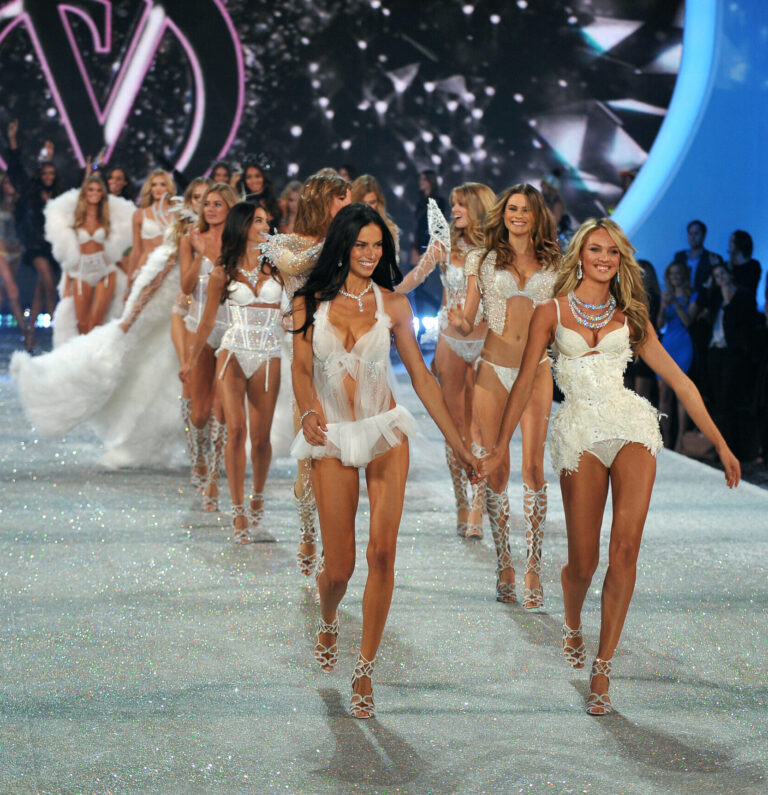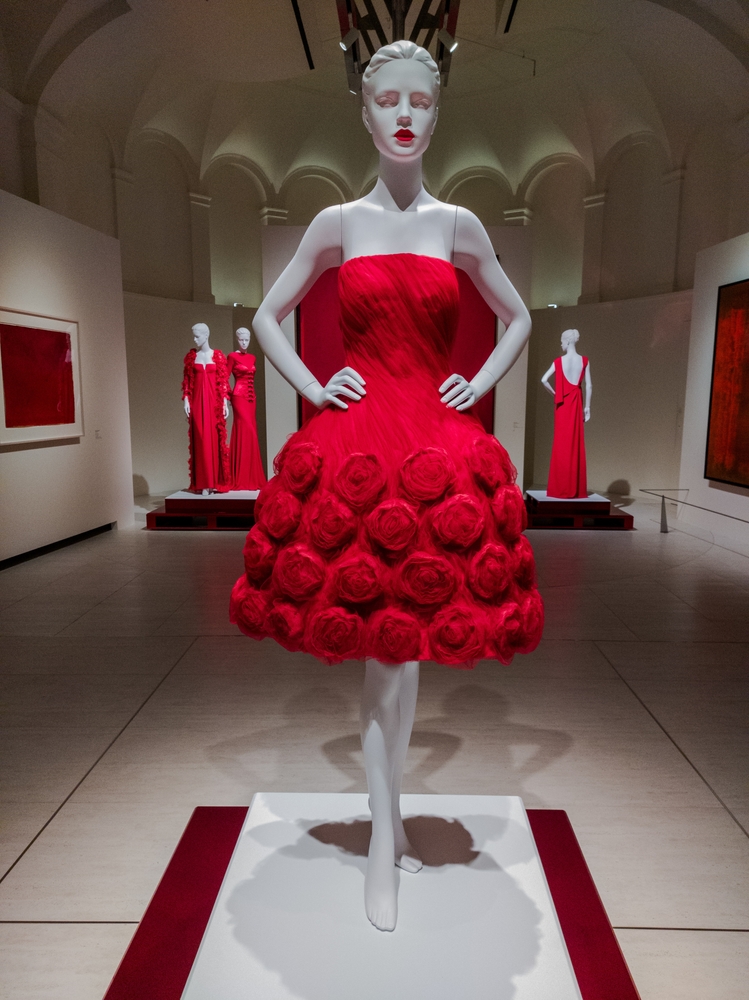Artificial intelligence has long been a part of our daily lives. In recent years, it has spread everywhere—from creating images to writing work emails. It’s hard to imagine the routine of a modern student or professional without tools like ChatGPT or Grok. AI is evolving rapidly, and its impact is felt across diverse fields, including fashion.
Experiments with artificial intelligence in the fashion industry began as early as 2023. Back then, brands like Hugo Boss and Levi’s started exploring image generation possibilities. Levi’s, for instance, used AI to create model images to increase diversity in its campaigns. In the summer of 2024, Mango launched an advertising campaign entirely generated by artificial intelligence, featuring digital teenage models promoting sportswear and summer clothing.
But the real breakthrough came in March 2025, when H&M announced the launch of advertising campaigns using digital twins of 30 real fashion models. These virtual clones will appear in social media and marketing materials. “It’s a picture of me, but it’s not me. It was interesting how good it actually was,” shared one of the models, Vilma Sjöberg.
The company states that the rights to these digital twins remain with the models. They can decide how their virtual copies are used and even offer them to H&M’s competitors. Moreover, models will continue to receive payment for the use of their digital clones, in accordance with their agency contracts.
However, despite assurances from H&M’s chief creative officer, Jörgen Andersson, that the brand will maintain its “human-centric approach,” the news sparked a negative reaction from many. There are concerns that digitalization threatens behind-the-scenes jobs: photographers, makeup artists, stylists, hairdressers, and even catering companies that provide food for photoshoots.
Whether this is good or bad is up to each person to decide. Technological progress is unstoppable, and the history of fashion is no stranger to such debates. Consider how Cristóbal Balenciaga and his contemporaries opposed the mass production of clothing—something we now see as entirely ordinary. Perhaps in 20 years, digital models and AI in fashion will be just as commonplace.




